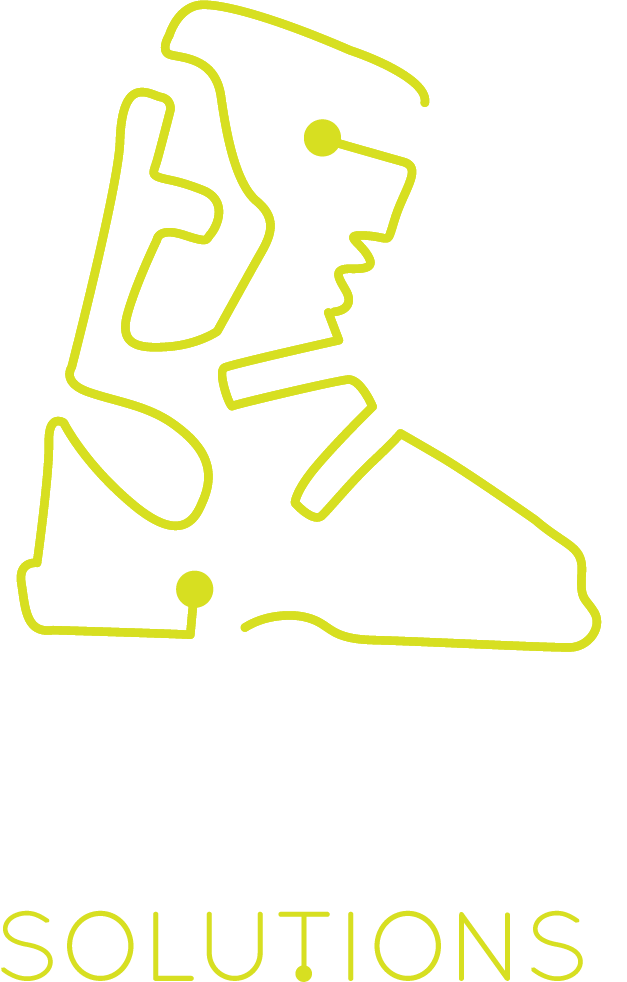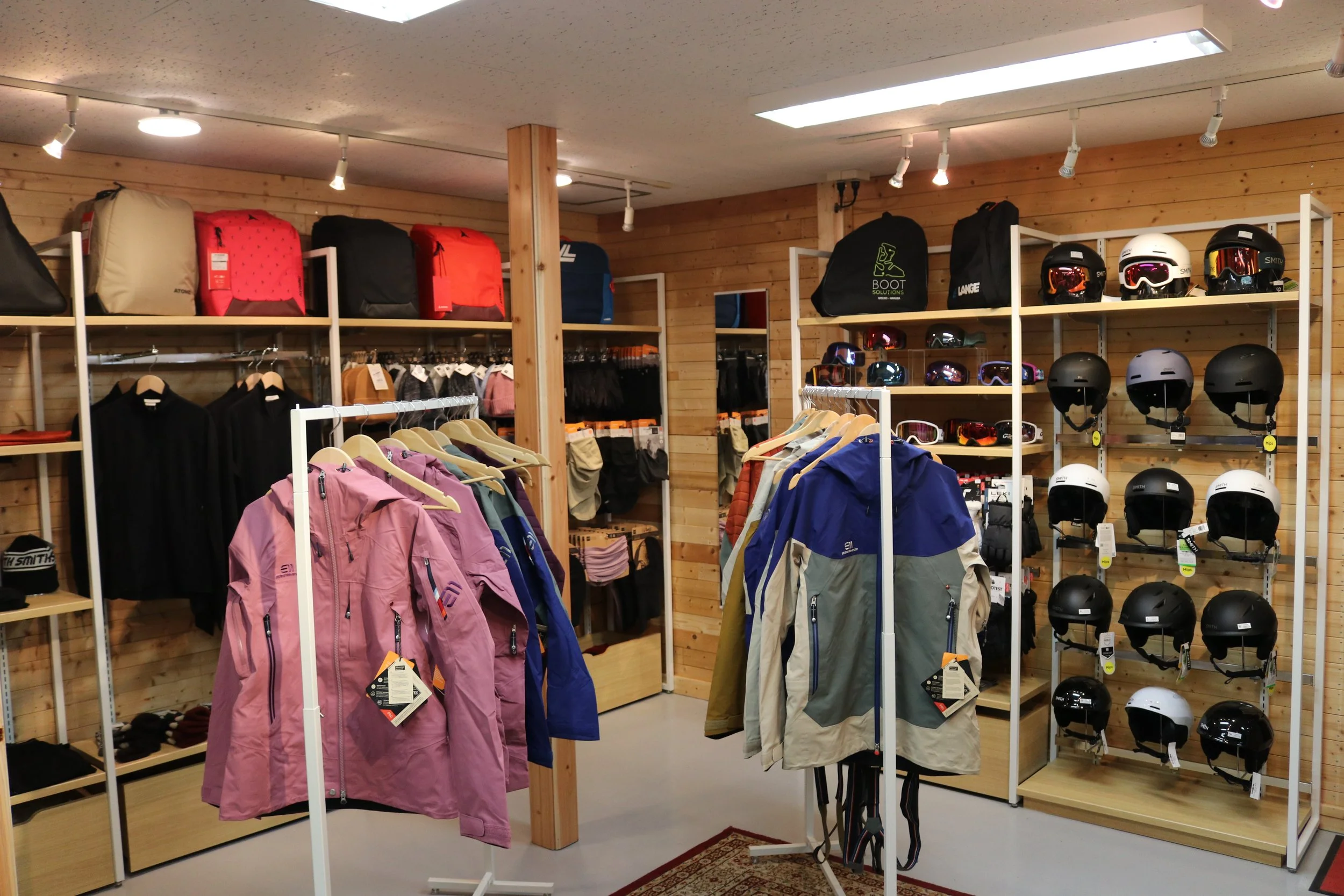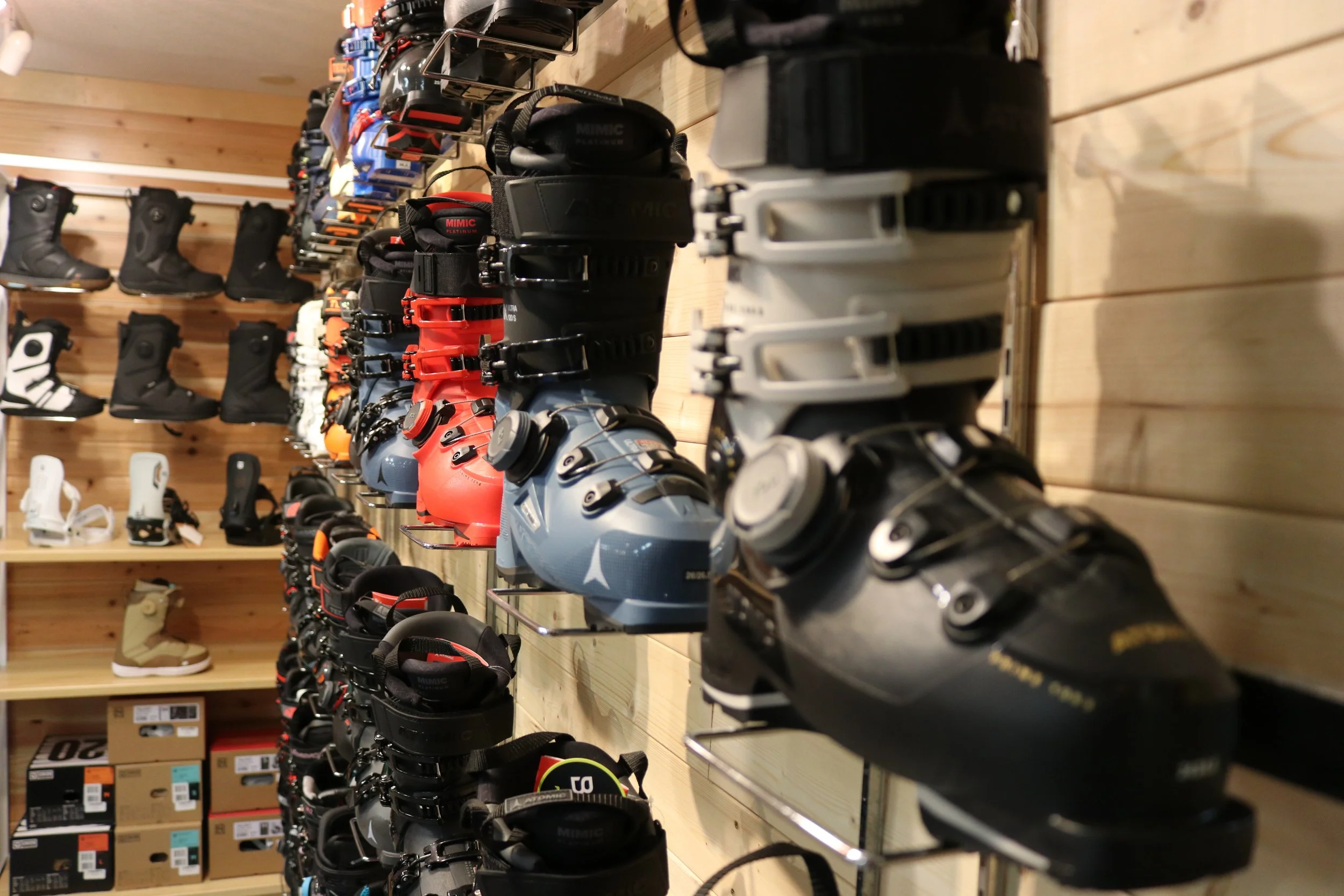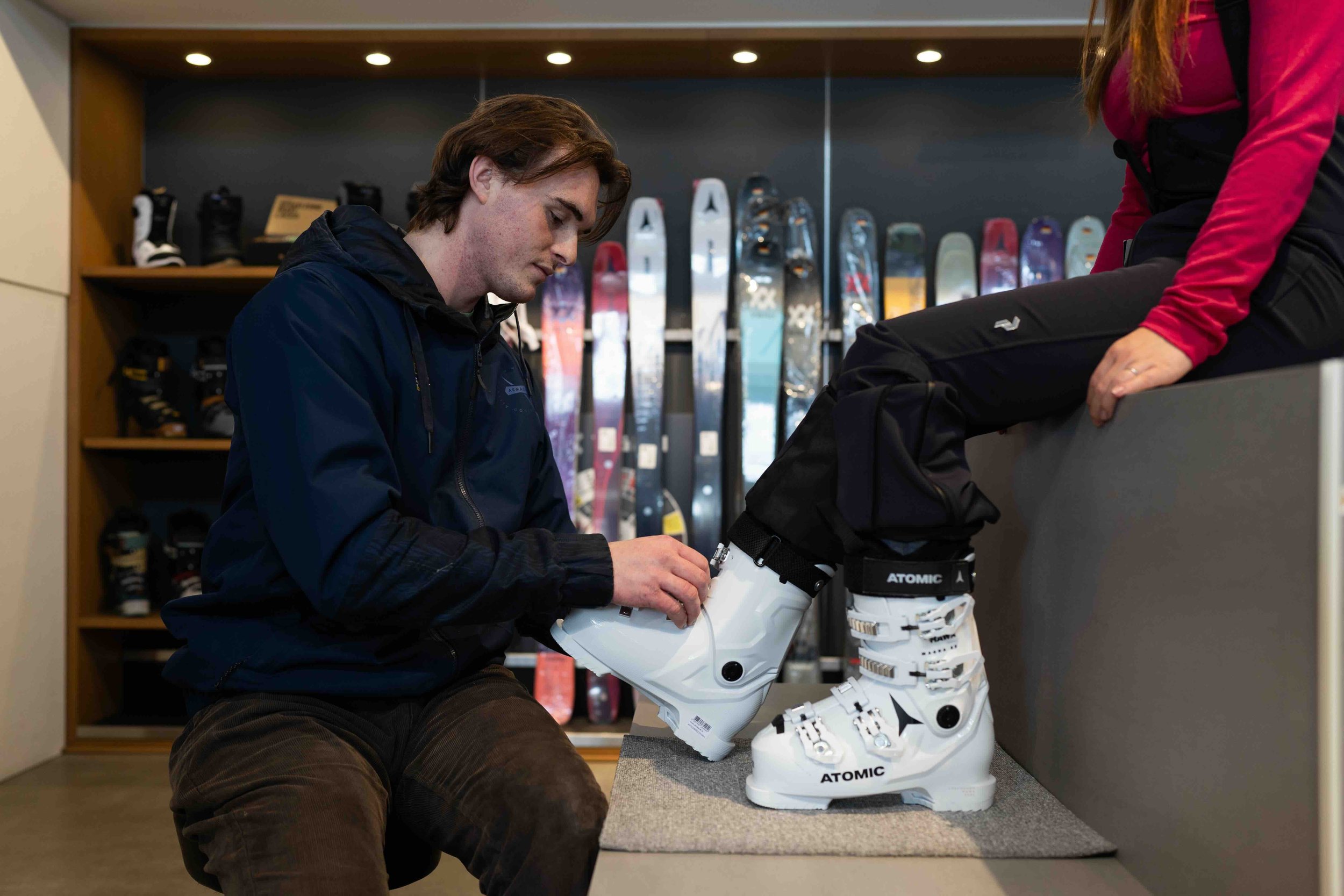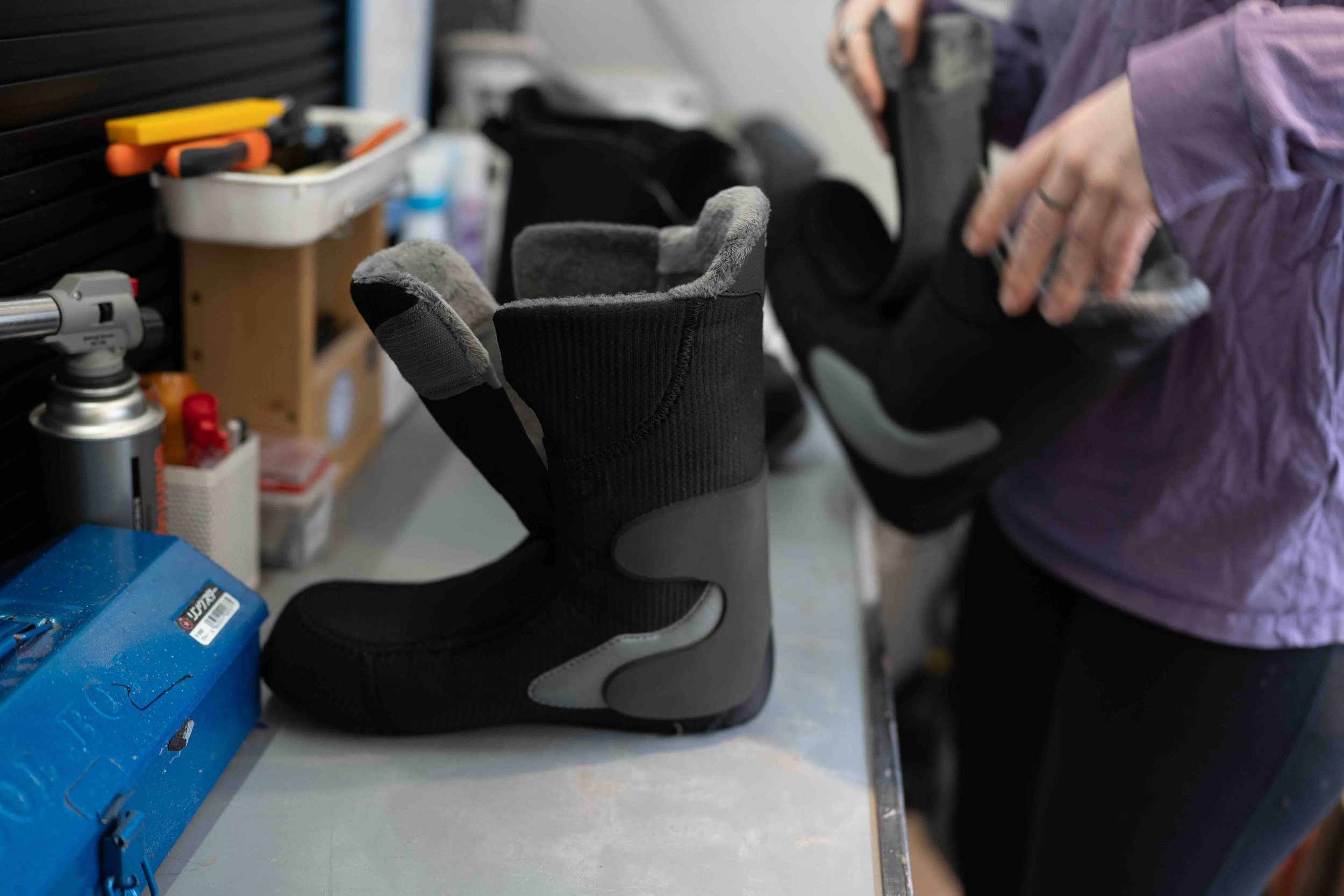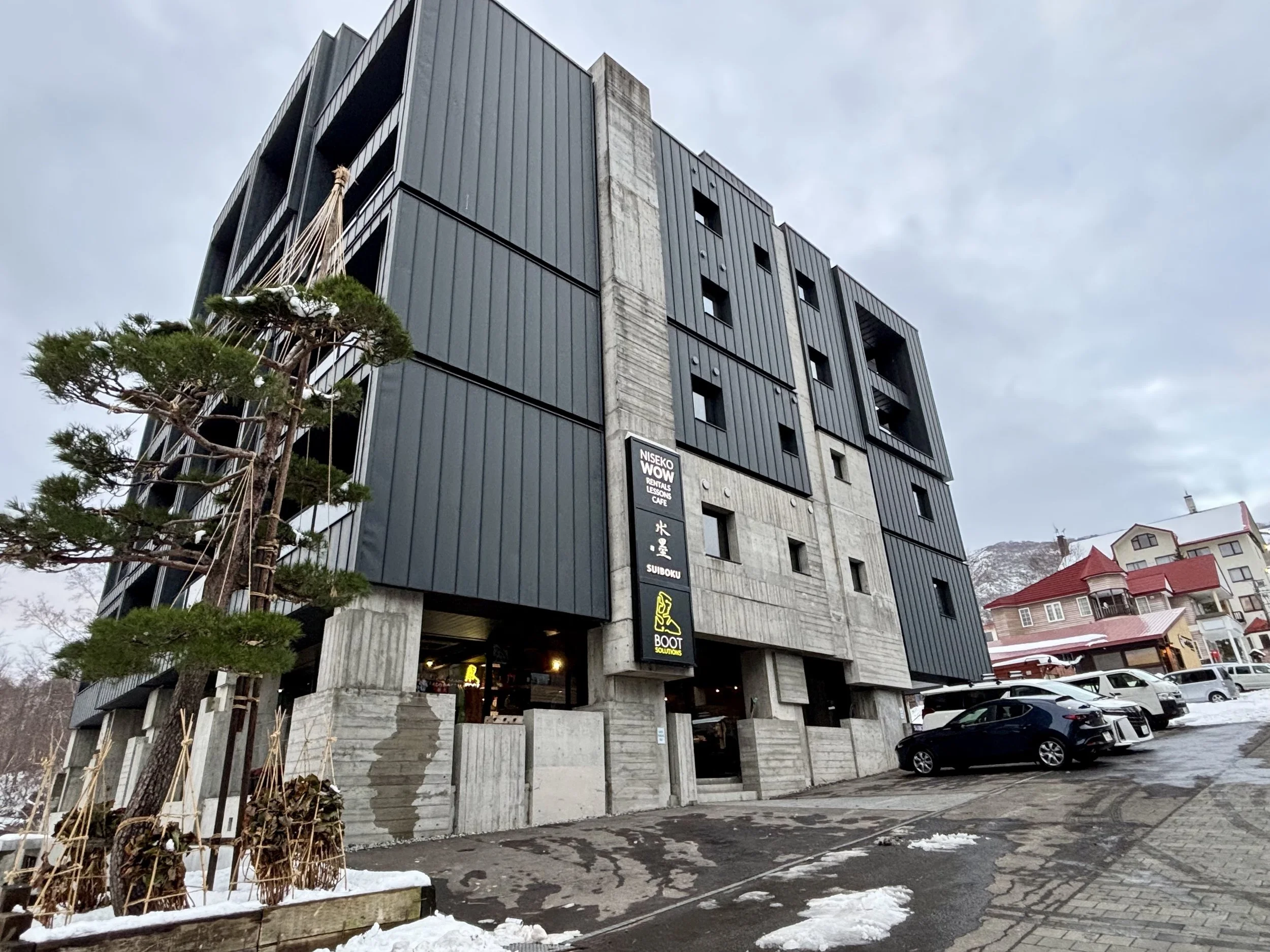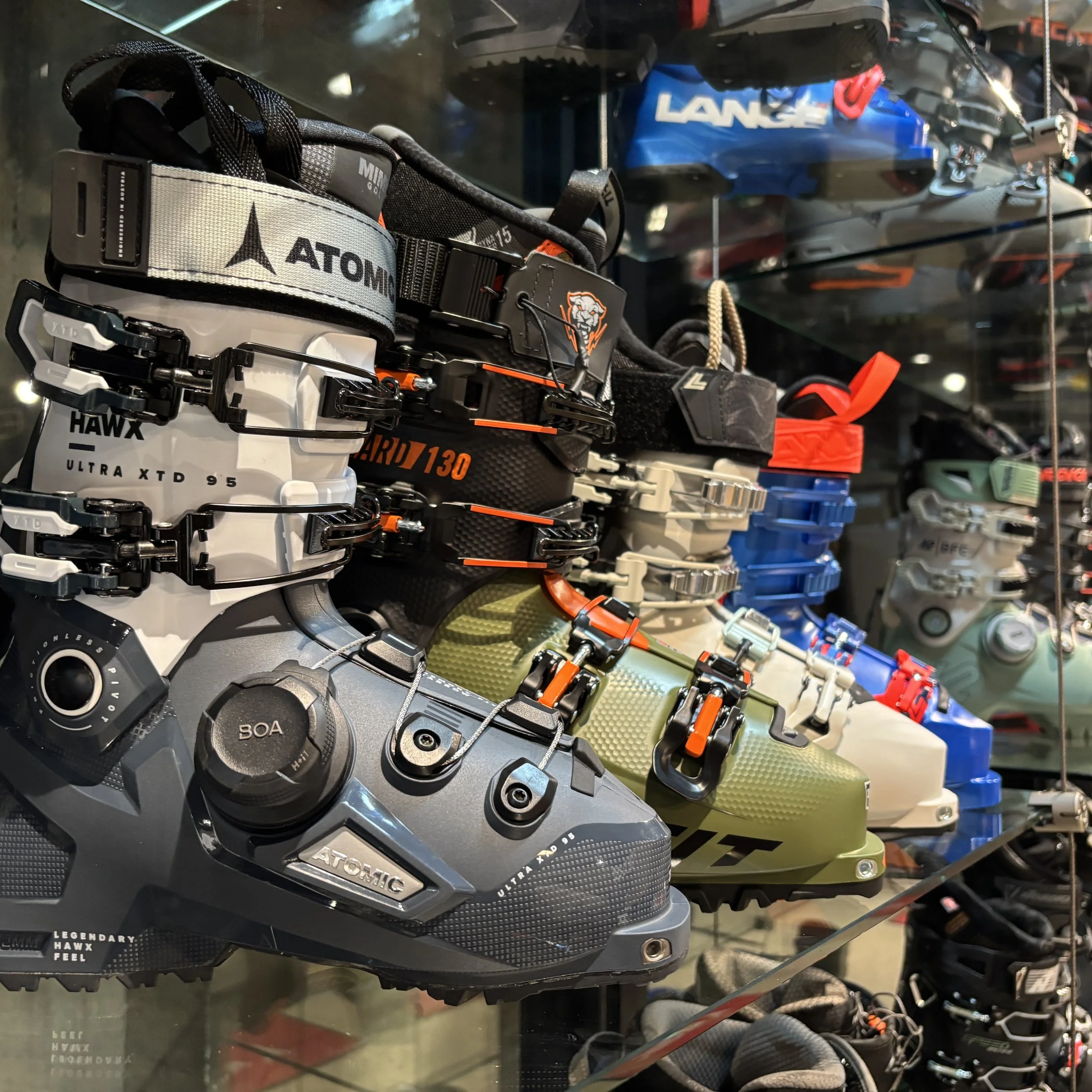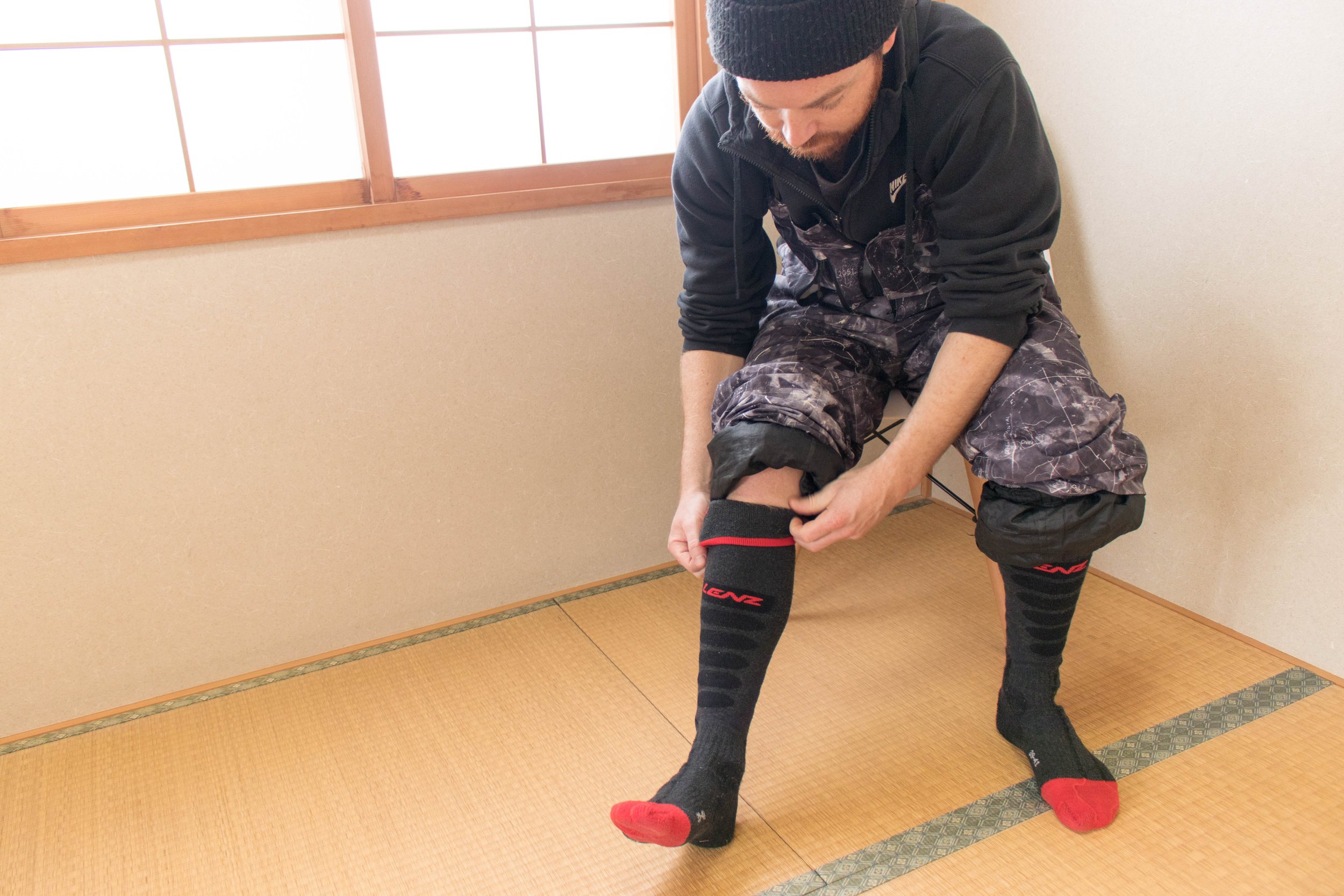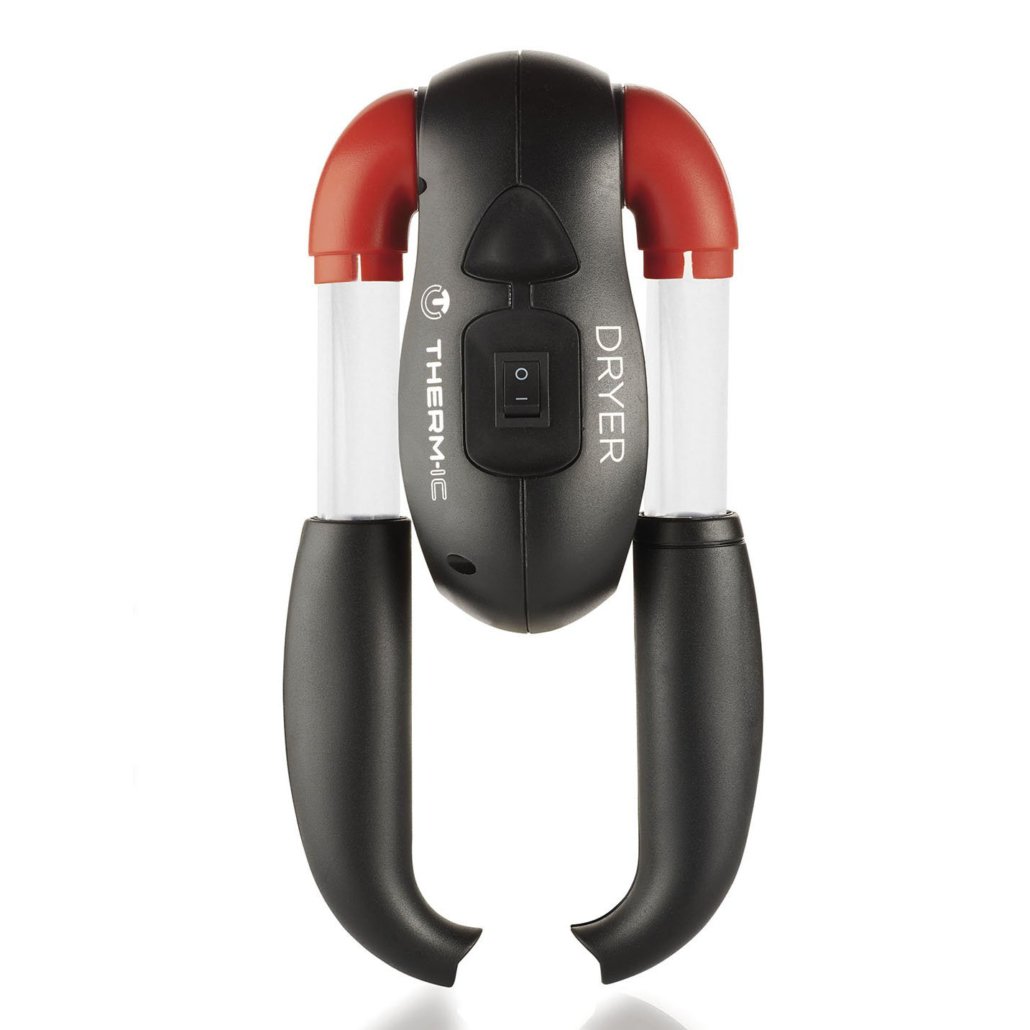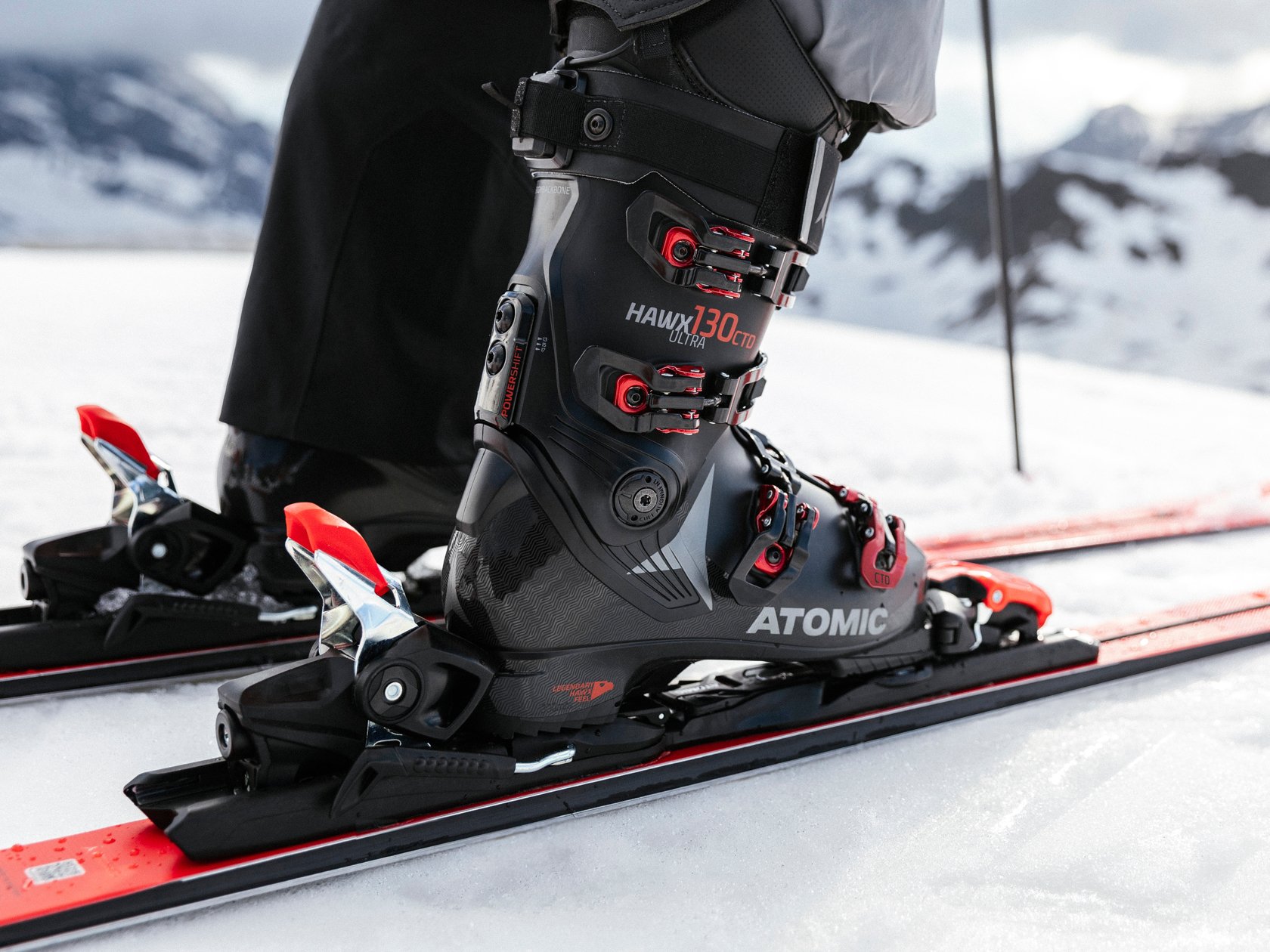As a podiatrist and also one of Australasia’s leading ski boot fitters, Ned Buckley was asked to contribute to an article on www.snowsbest.com about finding the best boot fitter. You can read what Ned had to say below, or read the full article http://www.snowsbest.com/finding-the-right-boot-fitter/
Boot fitters need to be able to wear many hats. They need to have good personal skills and be able to communicate with people and relate to them on a very personal level.
They must have good product knowledge. There are hundreds of models and multiple brands and often boot shops will carry many models so that they can fit the different foot types and skier types. A good bootfitter needs to know each model intimately.
They must also be good technicians, as boot fitting requires specific manual skills.
They must be creative as everyone is different and so the bootfitter is often required to think laterally, or outside the box when coming up with solutions for individual problems.
They must have a thorough understanding of the human foot and lower limb from both an anatomical but also biomechanical perspective specific to skiing/snowboarding, so that they can identify the cause of certain problems that different people face in ski and snowboarding.
They must be good diagnosticians.
What questions should the customer ask a boot fitter?
Do you provide a custom fitting service? Although there are many models out there to suit the different foot types and skier levels, in many occasions the boots will need further modifications to make them customised to the skiers needs.
Does your service include moulding of liners and shells? Many boot models have customisable liners and shells which may be adjusted at the initial fitting to ensure maximum comfort.
Do you make custom innersoles? Most good Bootfitting shops will have the option of providing custom innersoles. Custom innersoles help to align the foot and ankle in the boot as well as to help evenly distribute pressure on the foot which equates to a positive effect on the level of comfort and performance.
What level of after-purchase support will I receive? Most good boot shops will have policy that includes some level of after purchase support. This ranges from a basic returns-due-to-fault policy through to a full fit guarantee where extra work is provided as part of the original price.
It is very common for small modifications to be needed after a couple days skiing so it is best to understand what level of service the shop provides for this kind of thing.
What questions should the boot fitter ask the customer?
If buying a new pair, the boot fitter should be firstly asking questions aimed at understanding what kind of skier the buyer is and their intentions/expectations so that they may most appropriately match the options for the clients needs.
How often does the person go skiing? How long have they been skiing for? Where do they like to go skiing? What terrain do they like most? Are they aggressive or just cruisers? Are the primary objectives for the skier comfort? or performance? or a bit of both?
The boot fitter should also ask a few questions relating to previous experience with boots: Have they owned boots before? If so what models? Did they have any issues with comfort or performance in previous boot models? If so the boot fitter want to elucidate some information about the previous experiences as it will help them to better understand the clinets needs
What do you think creates black bruised big toe nails?
1. Ski boots are too big in length or width: the foot slides in the boot and the toes are repetitively traumatised or the boots are too small and the toes are jammed at the front of the boot causing repetitive trauma.
2. The wrong socks are being worn: too thick and the sock will crowd the forefoot and add the toes will sustain trauma.
Skiing Powder can cause black toes. People lean back when skiing powder as they are trying to keep their tips up. This causes the toes to be pushed forward in the boots and resulting trauma causes the toes to go black.
3. Falling backwards: one decent fall where the person has landed on the back of their heels can cause the foot to slide forward forcefully causing a black toe.
4. Very rarely toes can go black from frostbite which is a serious condition.
What are the pros and cons of footbeds and liners?
FOOTBEDS
No matter what the foot shape is, or what the particular individual mechanics of the foot are like, foot beds can help to stabilise the foot in the boot in a way that makes the skier more confortable and at the same time ensuring that energy is transferred evenly and efficiently. Foot beds are recommended for most skiers in most boot and liners types.
Footbeds fall in to two categories:
Off the shelf premade types. There are plenty of brands and models out there offering different levels of support from different materials. These do an OK job for the most part, and some types are better than others.
Fully customised. These come in the form of an innersole that starts out from a flat blank material and which is then moulded to the skier’s foot. Often a reinforcement called a posting material is added to the heelcup and arch areas and then made to fit the contour of the boot in a way that ensures the foot is in a position of maximum stability for skiing.
There are multiple systems and various brands for making custom footbeds. Qualified health professionals such as sports physicians and podiatrists also make devices similar to custom foot beds, called orthoses. Custom footbeds are completely personalised devices that fit the skier’s foot perfectly and so these have the potential to provide maximum support.
Custom footbed making is a highly technical process that requires the bootfitter to have sound knowledge in identifying different foot types and understanding foot mechanics as well as technical skills for producing a good mould and manufacture of an accurate device.
LINERS
Most ski boots come with a liner that the manufacturer has made for that shell. Depending on model, the liners than come with the boot can be highly mouldable. In many cases the fit is very good with the liner that the boot was made for, and so in many instances skiers are extremely happy with this set up.
When looking for a liner for the ski boots, having a high capacity to mould to the foot is a desirable thing. Different after-market liners exist that are designed to replace the liners in ski boot shells, usually with the intention to provide a more moulded and hence better fit.
The most common types of liners include fully injected foam liners (Sidas, Bootdoc, Surefoot), preinjected cork and oil based (Svenfit, Zipfit) and heat mouldable foam types (intuition, Sidas). Having an aftermarket liner inserted into the pre-existing shell is not always better, however, may be a good option if the skier is looking for higher level of precision in the fit.
Usually a foot bed accompanies a moulded liner and the bootfitter will recommend foot beds to be made in conjunction with the liner moulding. There are many pros and cons for the different types of liners out there.
Fully injected foam liners provide the most accurate moulding, and hence ensure that the fit is closest to the foot shape, however, they tend to be cold and hard on the feet. The injection process is quite technical and so requires an experienced fitter to ensure that mistakes are not made in the process.
Mistakes are difficult to fix once injected as the foam sets hard. Injected liners can be expensive to have fitted and sbadly moulded foam injected liners can be a costly mistake.
Injected liners often take quite a bit of skiing in before full comfort is appreciated and so are generally not recommended for the recreational and occasional skier. Some ski shops just specialise in this type of boot/liner combo.
The guys that do a lot of them generally do a good job, however, when things don’t work out, it is often very tricky to fix and the best option is to start again. Some people who regularly ski in this type of liner swear by them. Others simply cannot tolerate that level of precision in the fit. Some people are better off in this type of liner due to particular issues with their feet.
Heat moulded foam liners such as the Intuition liners are the warmest and most general in fit. The impression that the liners take of the foot is good, but not as accurate as the injected type.
As the materials are soft, there is less chance of having major problems if the right model has been chosen for the boot. These liners come in varying densities, thickness, and shape and so it is important to have the bootfitter recommend the right model for the skier’s foot and boot model.
This type of liner takes the least amount of time to ski-in and can be very comfortable after only a short while skiing. These liners do well for people who don’t ski a lot, or whose objective is general comfort and warmth.
This type of liner is also a good option for people who like to do a bit of hiking, as they are usually seamless in design, ensuring that friction is minimised. The fitting process for this type of liner is less technical than for foam liners, however, it is best to have an experienced fitter do the job as there are multiple errors that can be made which can result in less than optimum performance and comfort.
A downside to this type of liner is that they generally ‘pack out’ more quickly than other types. Each time the person skis, the structure of the foam is put under pressure, which leads to eventual breakdown.
The upside is that this type of liner is less costly than the other types and so changing the liners out more often is not such big deal. Many manufacturers are using this type of liner as the standard liner that comes with the shell and so a customised option is available without have the expense of buying an extra product.
The cork and oil based reinjected liners are great option for people wanting a more accurate fit without the problems associated with foam injected liners. These liners tend to have most of the moldable material based around the mid-to-rear foot and on the shins, resulting in a good tight fit in the places where it is best to have maximum support whilst leaving the forefoot and toes free to spread out.
These liners are the least technical to fit and usually fully remoldable, meaning that if a mistake has been made, then the process can be repeated multiple times to get it right. This type of liner can be a little cold to ski in however and newer models are using highly insulating materials to combat this problem.
These liners have a long life-span if well cared for. More material can be added for a tighter fit and conversely it can be removed to make more space. One complaint that has surfaced with fitting these liners is that the density and amount of materials that have been preinjected is not always accurate and so the fit can vary from liner to liner.
The density of the material in these liners is also susceptible to variations in temperatue and so tends to feel softer when it is warmer.
